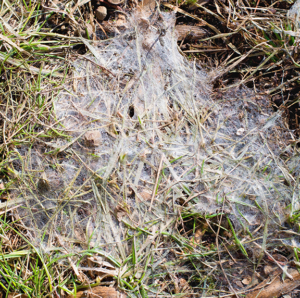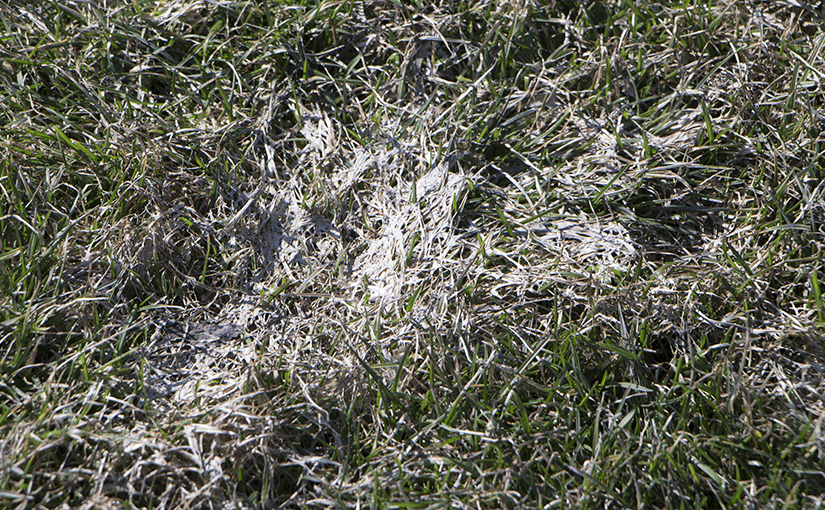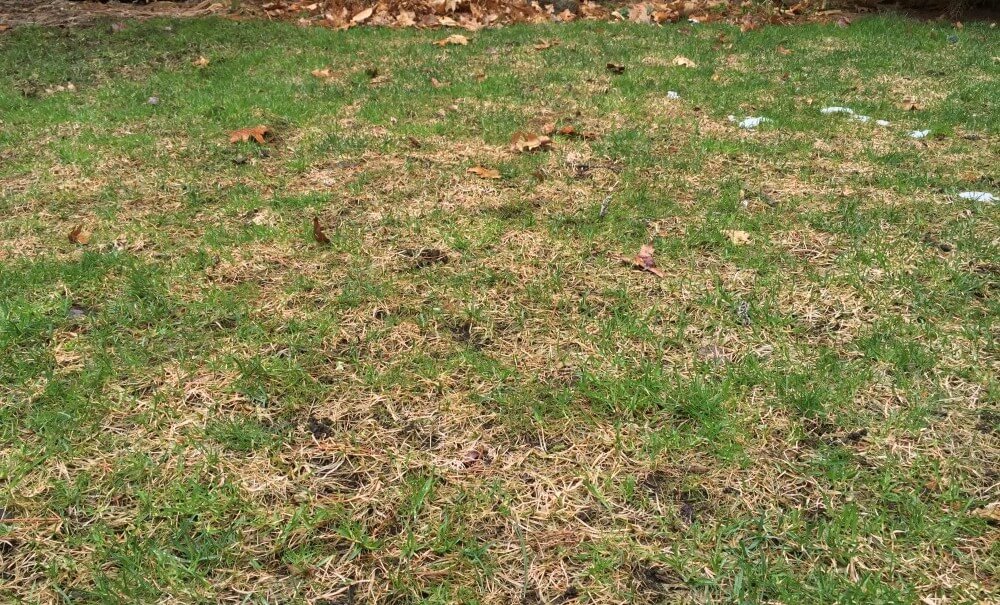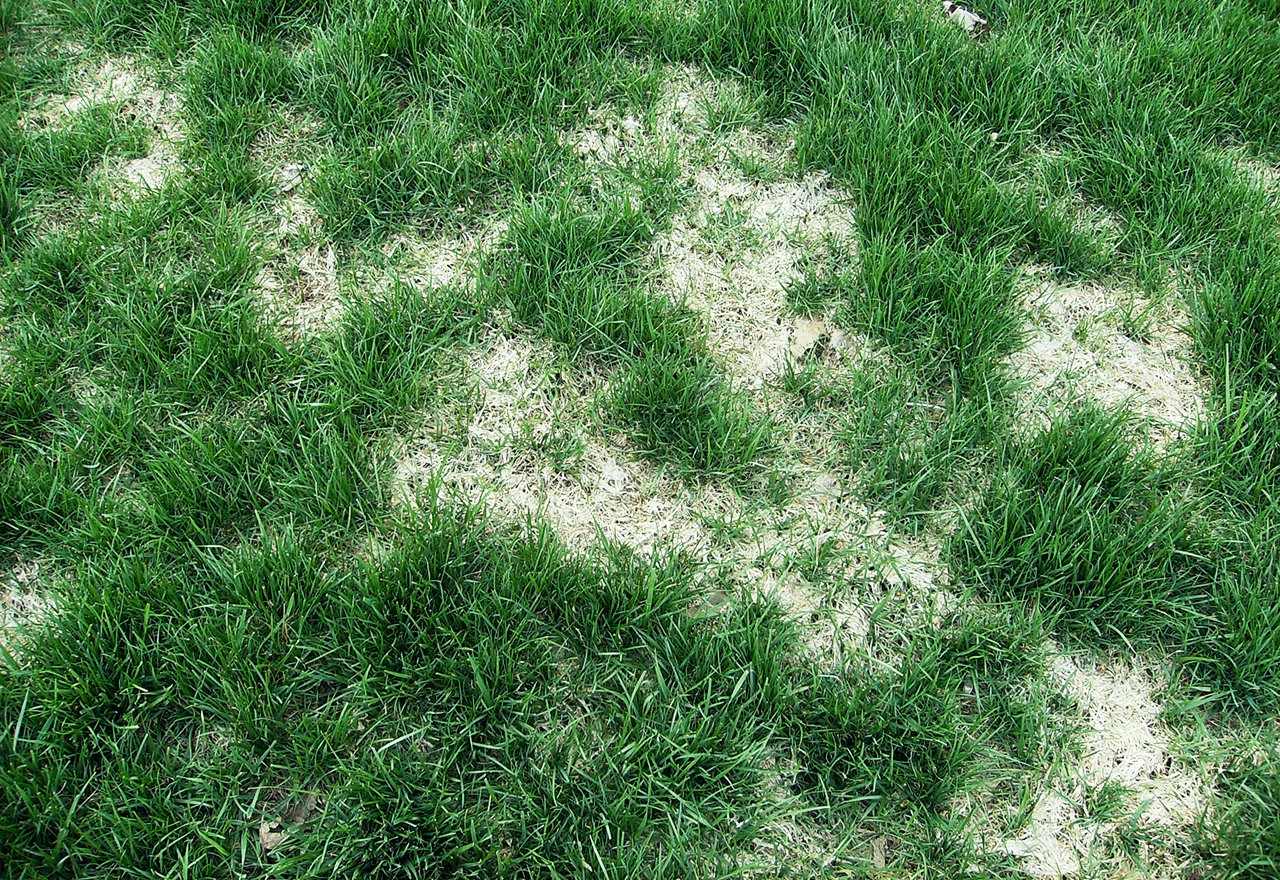- Get link
- X
- Other Apps
What Is Snow Mold. Snow Mold which thrives under a layer of snow and isnt noticed until Spring is a lawn fungus that results in patches of dead grass in an otherwise healthy lawn.
 5 Best Ways To Get Rid Of Snow Mold Best Greening Services
5 Best Ways To Get Rid Of Snow Mold Best Greening Services
It most commonly occurs if the first large snow falls on ground that hasnt yet frozen.

What is snow mold. Most often the webbing is not present and what remains is a dryslimy brown spot. Pink snow mold is the more. Snow mold is a fungus that affects your lawn.
How can I prevent it. For this reason it can spread for a decent amount of time before being treated. What Causes Snow Mold.
It comes in two forms. As temperatures start to warm after the winter you may either see the mold itself or straw-colored spots of grass that the mold has killed. Snow mold is a lawn disease caused by a fungus that both looks like snow and tends to infect grass as actual snow melts.
Snow mold is a lawn disease caused by two main freeze-tolerant fungi. Gray snow mold Typhula spp. Snow mold is often seen as circular patches of dead and matted grass blades with a web like white or pinkish mold.
It develops over the winter time usually in climates between 30 and 40 degrees either in long grass or under wet leaves left over from the previous fall. One of the issues with snow mold is that it usually goes unnoticed until the early spring when the snow begins to melt. Snow mold is a lawn fungus that thrives beneath snow and leaves patches of dead grass come spring.
Youll know you have it if come spring you see patches of grey matted grass on your lawn after the snow melts. In the early spring when the snow melts you will notice crusty whitesometimes bleached-looking circles on your lawn. Snow mold is a fungal lawn disease that occurs in the spring after the snow melts.
Pink fungus potentially more damaging and gray fungus. Despite its name Snow Mold can develop without snow cover. Snow mold is most damaging on golf courses and other turf areas.
Pink fungus potentially more damaging and gray fungus. It will appear in circular patches of flattened discolored grass with a gray web of fungus growing over top. The disease becomes apparent as snow melts exposing the grass to the cool wet temperatures of early.
It comes in two forms. Pink fungus potentially more damaging and gray fungus. Snow Mold which thrives under a layer of snow and isnt noticed until Spring is a lawn fungus that results in patches of dead grass in an otherwise healthy lawn.
What does snow mold look like. Learn how to recognize treat and prevent its return. It is affected by the presence of a lawn fungus commonly known as snow mold.
Snow mold is a fungal lawn disease that occurs in the spring after the snow melts. It comes in two forms. Snow mold is a fungus that overwinters in thatch grass clippings and crowns of turfgrass.
Snow Mold can even develop without snow. Damp dead grass covered with snow provides ideal nourishment for the fungus. There are two basic types of Snow Mold Grey and Pink named after the color that the mycelium or fungal growths turn as they are exposed to sunlight.
A common problem in regions where cold wet and snowy winters are the norm these hardy fungi are present in virtually all soil but remain dormant and inactive under most conditions. It is caused by soilborne fungi and is associated with melting snow or prolonged cold drizzly weather. Snow mold is a fungal lawn disease that occurs in the spring after the snow melts.
Snow mold is caused by cold-weather fungi that primarily affect cool-season grasses. The lawn is not dying. Microdochium nivale or pink snow mold and Typhula incarnata or gray snow mold.
Typically it only damages the blades of the grass not getting down into the roots. Gray snow mold is the less destructive of the two. It is often the first disease of the year and may cause your lawn to have an unsightly appearance especially after the snow melts.
A heavy blanket of melting snow may look really pretty until it you see the damage it can do to your lawn. Snow Mold can infect most all types of grasses that must endure a period of freezing temperatures and snow cover. It occurs in the spring after the snow melts.
Snow mold is an unsightly lawn disease caused by two types of pathogenic fungi. The crusty center is mycelium and the fungal bodies that. Snow mold plant disease that attacks cereals forage grasses and turf grasses in northern areas of North America Europe and Asia.
Signs of a problem arent noticeable until the spring when the snow melts. Snow mold is a type of fungus that causes patches of discolored and damaged grass. Snow mold makes its home in the pockets of dampness on the ground that occur when accumulated snow begins to melt but still covers the ground.
Also known as Typhula blight Pink snow mold Microdochium nivalis also known as Fusarium patch These fungi can grow on all types of lawn grasses subject to cold wet snowy winters.
 How To Identify And Control Snow Mold
How To Identify And Control Snow Mold
Understanding Snow Mold Lawn Care Simplified A Safe And Natural Approach
 What Is Snow Mold And How To Get Rid Of It Safely
What Is Snow Mold And How To Get Rid Of It Safely
Snow Mold Woodbridge Estate Care
 Snow Mold Identification And Prevention In Washington State Colonial Lawn And Garden
Snow Mold Identification And Prevention In Washington State Colonial Lawn And Garden
 What Is Snow Mold On Grass Snow Mold Treatment Tips
What Is Snow Mold On Grass Snow Mold Treatment Tips
 What Is Snow Mold How Do I Treat It Spring Green
What Is Snow Mold How Do I Treat It Spring Green
 Snow Mold On Lawns Horticulture And Home Pest News
Snow Mold On Lawns Horticulture And Home Pest News
Snow Mold Green Thumb Turf Talk
:max_bytes(150000):strip_icc()/patch-of-dead-grass-183752279-58459e5a3df78c0230ef7303.jpg) Identifying And Controlling Snow Mold In Your Lawn
Identifying And Controlling Snow Mold In Your Lawn
 What Is Snow Mold And How To Get Rid Of It Brinlyu
What Is Snow Mold And How To Get Rid Of It Brinlyu
 Snow Mold Treatment What To Do For Snow Mold In Grass
Snow Mold Treatment What To Do For Snow Mold In Grass


Comments
Post a Comment